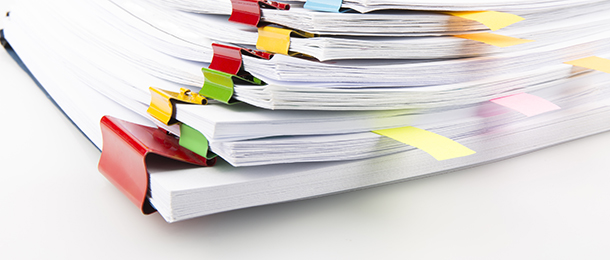Regular and documented contributions into an SMSF are the best way to prove non-superannuation assets have not been moved into super to protect them from creditors in the lead-up to a bankruptcy, an SMSF legal expert has recommended.
DBA Lawyers lawyer Shaun Backhaus said while superannuation assets were protected from creditors in the event of a bankruptcy, intentional efforts to move assets out of their reach, via contributions into superannuation, can be reversed.
Backhaus pointed to sections 128B and C of the Bankruptcy Act, which state that a transfer of property by a person who becomes a bankrupt could be made void where the transfer was a contribution to a super fund and would probably have been available to creditors and the main purpose for making the transfer was preventing creditors accessing that property.
He said this definition was important because the “kicker” in these provisions was there was a presumption of insolvency in the actions taking place and the purpose behind the actions had to be proved.
“Purpose is one of the key things when dealing with contributions and bankruptcy,” he said during a recent webinar.
“Subsection 2 of section 128B says that evading creditors is taken to be the main purpose if it can reasonably be inferred from all the circumstances that at the time of transfer the bankrupt person was or is about to become insolvent.”
He pointed to subsection 3 of section 128B, which also noted that in determining a person’s main purpose, regard must be given to the pattern of prior contributions and if the particular contribution was out of character.
“If a contribution is out of character, you would want to have an explanation as to why it was done and why the main purpose was something other than to avoid creditors,” he said.
“The act says a person will be regarded as insolvent at the time of the contribution unless they maintained and preserved books, accounts and records that are usual and proper in relation to the business they carried on and that demonstrate they were solvent.
“So it will be a lot more relevant when there is a business being carried on as a sole trader or another entity making a contribution, and this means that you want to be able to prove at the time of making it that you were solvent and you need to have records there.
“This is one of the key takeaways because you would hate to trip up on this one thing, particularly if you’re making large contributions when people are trying to get property into superannuation.”




